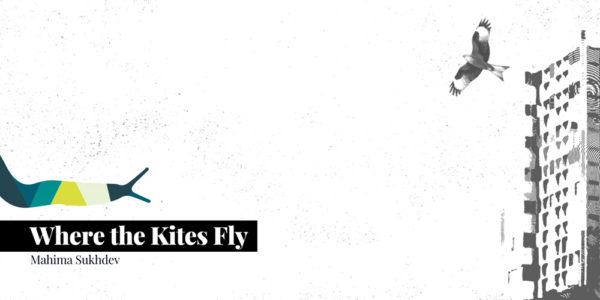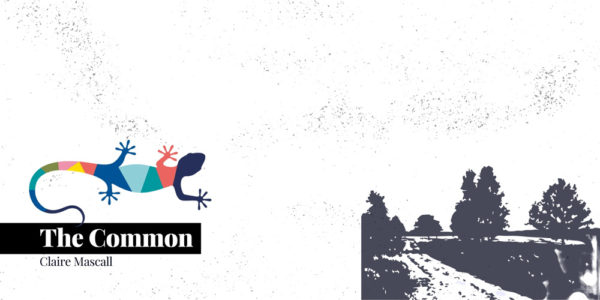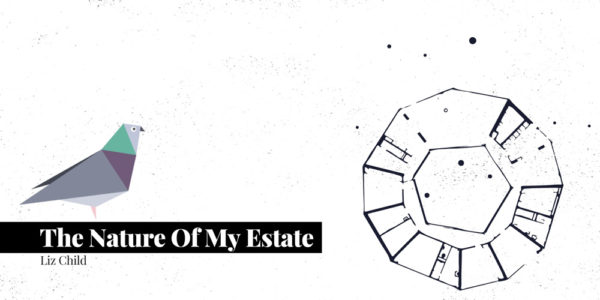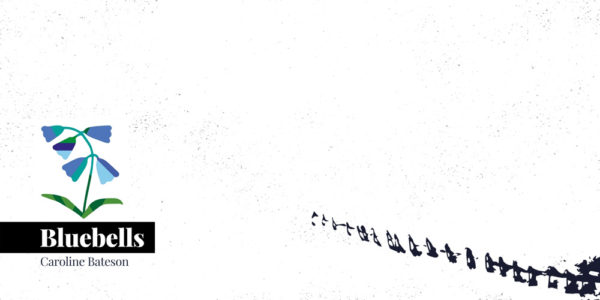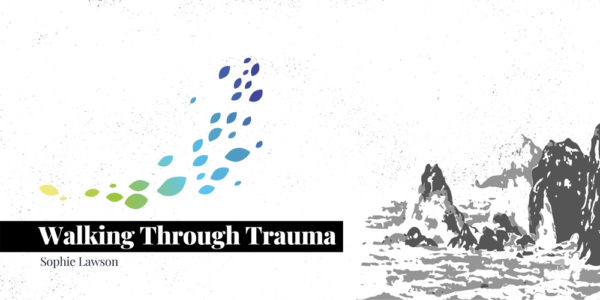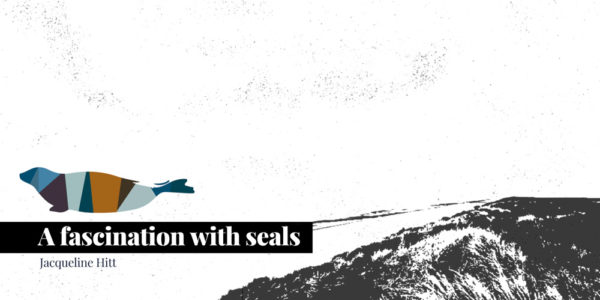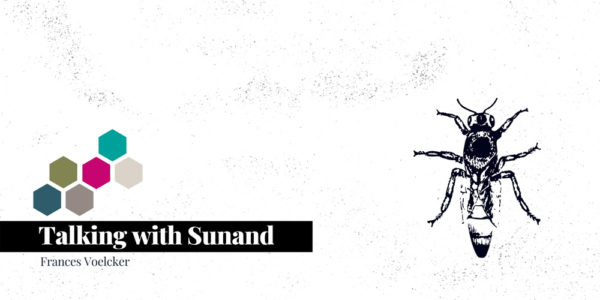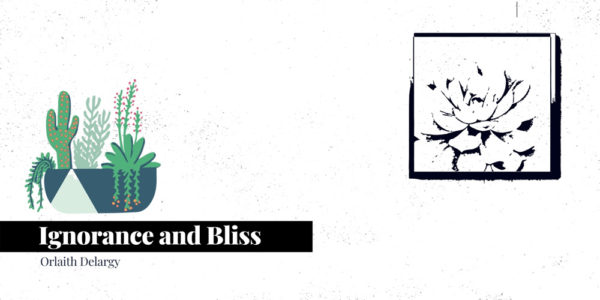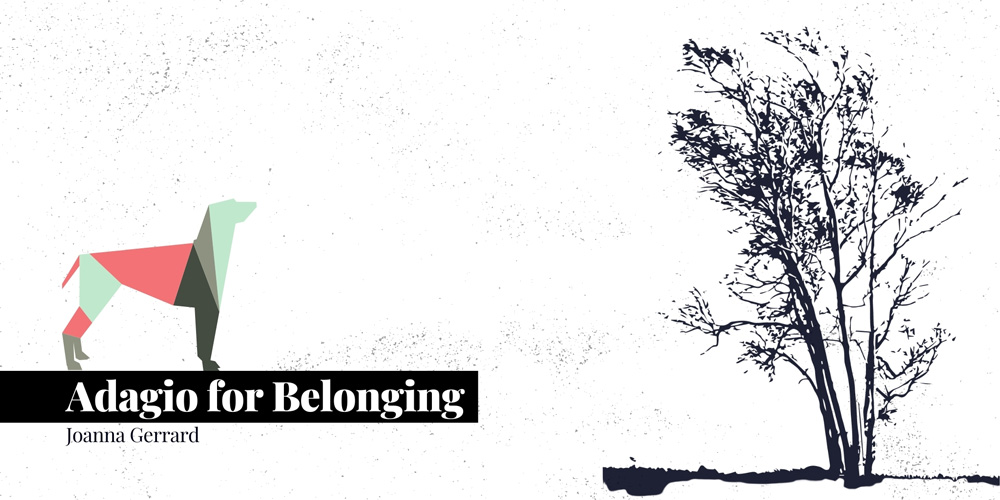
Road cones. Rows of brake lights. Clutch cramp. Adverts thrust through retinas and scratch away at the hippocampus: spend, spend, spend. Stimulate with caffeine, anaesthetise with alcohol: métro, boulot, dodo. Fast food, express checkout, pre-packed, pre-peeled, pay-at-pumps, click & collect, attention limited to 240 characters and excused for concision. We demand speed under the guise of convenience. Reside in box-shaped houses with box-shaped windows, drive box-shaped cars, live box-shaped lives—leave the world in box-shaped coffins. We are isolated entities all swimming in the same direction: marketed, branded, judged, and sold. We are too lost in stimulation to care for everyday subtleties.
My school reports echoed the same sentiments: ‘enigmatic, shy, never smiles.’ I am autistic but it took thirty-six years to get the badge. It’s now a cumbersome weight—juxtaposed with relief. The Maori word for autism is ‘Takiwatanga’. It means: ‘In his/her own time and space’. In six syllables it epitomises the essence of what it’s like. I’m not fit for purpose in a Society of Speed. I have a three-second delay when someone speaks, little understanding of nuances and social cues, and most human company is exhausting. The psychiatrist said I’m moderate functioning, however I believe I swing wildly from high to zero. Some days I can slip smoothly into social norms, other days I’m unable to leave the house. I find solace in the non-human world. This is a panacea for complete withdrawal.
Hegel said the familiar, precisely because it is familiar, is not known. It’s a façade and one of the most subtle and destructive forms of human alienation. We miss the strange things that await us. We tame, control, and forget the mystery. The mortal world is fused and woven with another; we don’t have to travel vast distances to seek ‘The Wild’. The wilderness is there and is persistently trying to reclaim the ground it has lost.
I look out into the garden; the various abandoned attempts at gentle landscaping. Thirty years of dog ownership has hindered the opportunity for a well-ordered lawn—but this has been an unveiling—the secrets large paws uncover; dust away a little soil and you’ll find roots and bones.
The grass has a long established canine desire path, first crafted in 1987 and continued to the present—different dogs, same trail. Elsewhere other tracks have been created: dug out holes under fences, sheds, doors, walls; the garden is a network of commuter routes, supermarkets, and homes—it is a microcosm of our own daily travels. The beasts that frequent the garden, mysterious night dwellers, I’ve had little contact with. I’ve spotted foxes, hedgehogs, and have heard rumours from neighbours that there are badgers. Rats reside in the garage and cause no problems; they are self-sufficient and rarely seen. They cling close to walls, and keep an equilibrium within the boundaries; they are predators and the predated. The autumn brings aerial displays of bats dancing in the twilight. I often wonder what the bats are trying to tell us, but they vanish before I can understand.
The garden has been consistent in my life; it has grown up with me. In 1987 my sister and I planted an acorn each, the oaks are now seven-feet tall. Oaks do not abide by the Society of Speed rules, unlike the silver birch.
Betula Pendula, or Beith, is the first symbol of the Ogham alphabet and is said to be full of the light of the god Lugh. It was one of the first trees to recolonise our landscape after the last ice age. It is termed by botanists as a ‘pioneer species’, as the wind-blown seeds are quick to disperse to form new woodland along with hazel and rowan. In total, 235 species of lichen, 30 mosses, 28 liverworts, and 103 fungi have been recorded on birch trees. Samual Taylor Coleridge, in the 1802 poem The Picture or the Lover’s Resolution paid homage to this tree; ‘Beneath a weeping birch (most beautiful of forest trees, the Lady of the Woods).’
The Lady stands approximately forty-feet in the garden; a tall, slender spectre with its knotted silvery bark and its northern side dressed in ivy. In autumn the leaves are like pennants of gold coins; in winter the thin branches hang down like witches hair. There is a Welsh phrase, ‘dod yn ôl at fy nghoed’ meaning ‘to return to a balanced state of mind’. It literally translates ‘to return to my trees’. This is to sit beside this Lady who is like a foreboding guardian of the garden.
Cuckoopint grows underneath its canopy in the spring—an echo of an ancient woodland reverberating through the soil. I worry for the trees. Many ancient woodlands and landscapes nearby have been flattened by flimsy housing, tarmac, and industrial units; victims to uniformed rigidity that many expect Nature to be; a pastiche, a convenience—neat, tidy, and tame.
The short days are lit with a low, bright sun, and the garden is in contrast—the barren beech, apple, and hawthorns mix with the green holly, mahonia, fir trees, skimmia, and ivy. Snowdrops have broken through the soil and their long green stems stand several inches tall. The leafless winter flowering viburnum still has a show of pink petals. The birds pluck the pyracantha berries out from its thorny cage, and leopard slugs chew their way through compost. Dormancy above the surface conceals the seeds we’ve sown for warmer days. Already next year’s sedums are lying in wait for sunnier climes.
December is when the birds sing again; they establish territories, stock up on food, and more visible on the leafless trees; it’s time to enjoy the fluttering and songs amongst the branches. While many have burrowed deep, the fight for food is fierce at the feeders: starlings squabble amongst themselves, sparrows dip in-between; blackbirds barge all out the way; a robin drops down amongst the leaves, a goldcrest slips through the feeder cage, and goldfinches gorge on nygers. A portly wood pigeon waddles through the fallen leaves, its own tranquility is seldom to be ruffled. The gulls have moved inland, but it’s the flock of parakeets that make the most noise. These non-native birds have flourished in the area and a more common sight than woodpeckers that were once regulars. It’s those who can adapt that survive and thrive.
A beat of wings as a pigeon plough takes off. Silence descends. No bird is in sight; they have scuttled off into the shadows. The weight of the oppressive winter sky bears down and a winged darkling swoops like I was its prey. It lands. Its talons grip the mustard coloured lichen-lined roof: a sparrowhawk. Slightly mottled brown and grey, her beak curved—perfect for tearing flesh and sinew; she asserts a quiet authority despite being an interloper. She surveys the platter and selects a plat du jour; perhaps a plump pigeon or a collared dove. She doesn’t stop for long and launches off into the direction of the fields.
Like trees, the older we get the deeper our roots. As I veer closer to middle-age the draw to ancestors is prevalent; the gravity of life pulls harder, and the need to belong grows greater. We are just palimpsests—our past family are ghosts of who we are. My nan was a keen gardener and an expert with herbs. A compress of comfrey for a sprain, feverfew for migraines, borage for pyrexia, and lavender for practically everything. She told stories of beautiful Welsh cousins who, at dawn, would wash their faces with dew collected from the leaves of Lady’s Mantle. This folklore is the library of the land. When she was alive I showed little interest in plants, however now I sit for hours hunched over pots as I prick out seedlings like she did: meticulous, patient, adept. My dog instinctively knows to find certain plants in the garden when he has an upset stomach, and taught my other dog to do the same. Blue tits put mint leaves in their nests to ward off bacteria, therefore promoting health in their chicks, whereas jackdaws are not born with innate fear of predators—they have to be taught by their elders. Just like my nan who taught me what herbs are best for certain ailments, we pass down information from one generation to benefit another.
However much we try and put it into a box, nature adapts, changes, it alters according to need; its dormancy may appear like death but even seeds found within glaciers have grown several thousand years later. In 1963, during ‘The Big Freeze’, hundreds and thousands of birds perished, however, within five years populations recovered as two to three broods were hatched annually to make-up for the shortfall. As we humans are part of nature, we too must adapt for our, and other species’, survival. Our existence is dependent on symbiosis, nothing is complete by itself. We are all interconnected so must acknowledge our own actions and what the consequences might be.
My dog’s body, like us, are landscapes of where we have been: lines, crevices, scars: they are maps. The fur on his elbows curl naturally into a spiral. It is logarithmic, like a spiral galaxy or a nautilus shell. In his fur I see a universe of geometry. Fibonacci sequences appear in the branching of trees, leaves on a stem, on pineapples, the flowering of an artichoke, florets of a sunflower. Are we just mathematical equations? Are we something kindred with all of Nature, if we too share the same geometry as a dog, a silver birch, a blue tit, a conch—are we all logarithmic—not meant to be confined in boxes? As Blake wrote: ’Infinity implies intimacy: To see a world in a grain of sand … Hold infinity in the palm of your hand.’
About a foot deep in my garden there is a solid layer of chalk and flint; once I dug up a large lump of amethyst, other times there are terracotta, porcelain, glass, bone, and other remnants of how the land had previously been turned. I position large rocks I’ve dug up as temporary borders along with trunks of dead trees that are swathed in a carpet of moss and fungi. Between the stones grow feverfew, ragwort, brambles, and nettles. A pair of chaffinches hop along the stones up to the pond and give their feathers a quick sprinkle. Underneath the stones are centipedes, slugs, worms, woodlice—each of the cold grey rocks is a micro ecosystem, a pathway—an area of fecundity.
From the cracks in the brickwork bursts lungwort, chives, and euphorbia; last years strawberries shot out runners and rooted between paving slabs; an ash and a sycamore have nestled between the concrete and have so far eluded human intervention. The ivy has eased its way through the fence panels, prising them apart and splitting the wood—I’m under no illusion that with a few weeks of absent humans this garden would be reclaimed by The Wild that waits patiently in the periphery.
Inside, house mice have carved their way through the walls, doors, and furniture. They scuttle along skirting, worktops, and often take food wrappers for a walk. There is something exhilarating about a small rodent with black moon-shaped eyes attempt to pull half a chocolate bar through a crevice in the brickwork. The broken eaves on the pitch roof are roosts for bats, and the rotting wood-framed sun lounge is home to many species of spider, from funnel-webs to false widows. The house breaths life, where the humans who live inside are failing in health, other creatures are thriving. The shed at the end of the garden has a hole in the roof that has given access to generations of robins to nest in; our own negligence has been to the advantage of the non-human.
On days I cannot leave my house, my solitude is not loneliness. I know in the garden there is symbiosis, which I am part of, and live between the weave of unfolding worlds. The conspiracy of the common place enchants this land, but scratch beneath this familiarity leads the eye to a kind of chase. Time doesn’t stop, it slows to an oak’s pace—takiwatanga.
To sit under the silver birch is to be grounded to something belonging to another time, it is a palimpsest of something far more ancient.
The Society of Speed is white noise, it’s a destructive distraction. Technology has severed our ties to the soil beneath our feet, and materialism has become a religion of the machine we live in. We should shift away from our minds and look into our hearts. Blinded by an age of enlightenment, by cold science, we rationalise things too quickly. Using our hearts doesn’t mean romance and sentimentalism, it means intuition and empathy. Our hearts have been switched to standby for too long.
I sit and watch the birds present completely to where they are; they are attuned to the rhythm of the earth. They do not interfere; birds are what they are—they have no pretence. The Wild is all around us, we just have to learn to let it in and embrace all its rough edges and perceived untidiness; one’s mess is another’s home. Let’s shun the Society of Speed. Let’s stop, sit, listen—slope back to an oak’s pace and see The Wild grow back and let it envelop us.
. . .
About the author
Jo Gerrard studied ‘Wild Writing: Language, Literature, and the Environment’ Masters degree at University of Essex and is about to embark on a PhD. Jo is also a student of Group Voice Sound Therapy, and is interested in how both nature and voice can have positive effects on our health.

